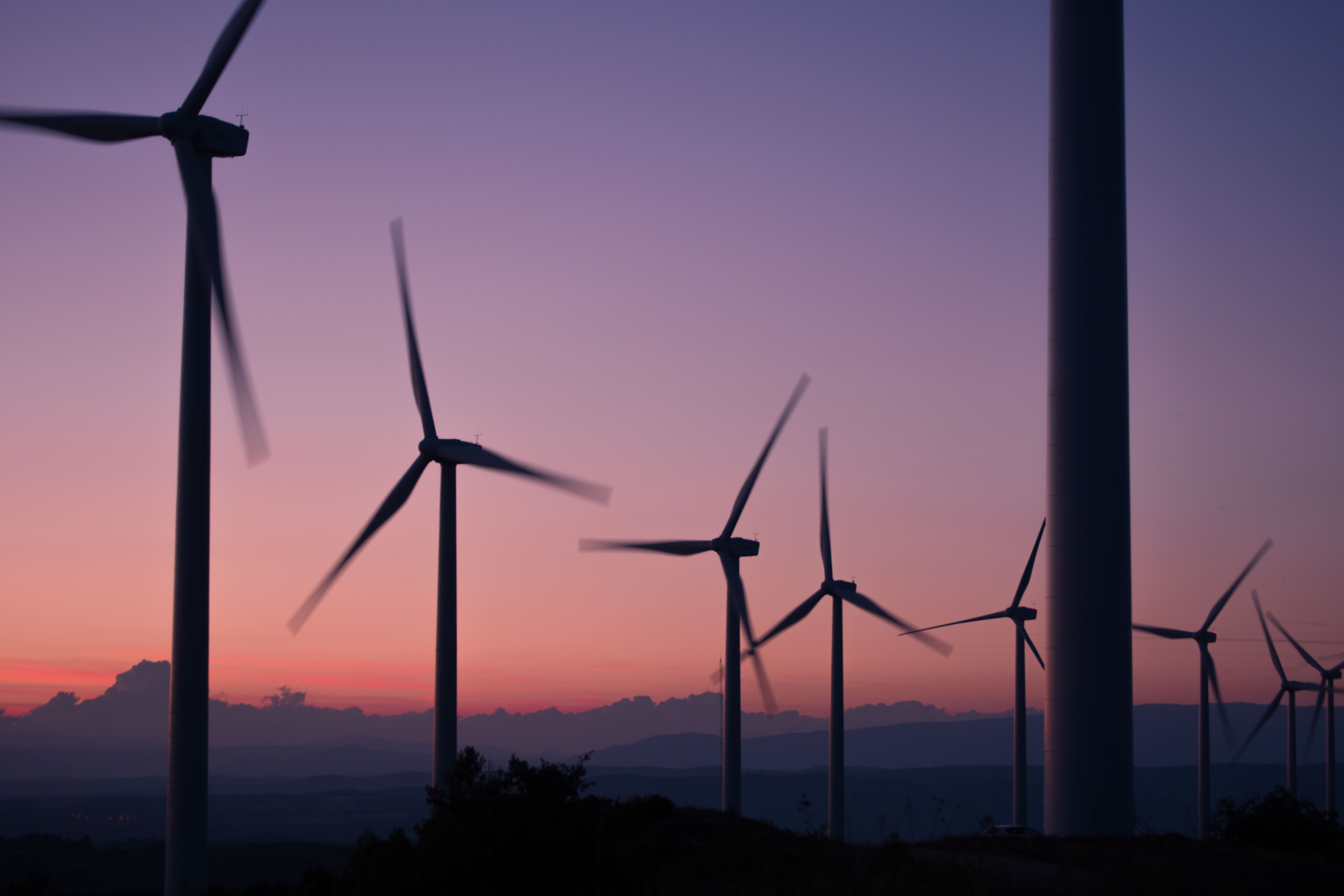Scottish geographer and energy expert, Neil Kitching, has published a book on climate change and nature; Carbon Choices. In this article, Neil explains how regenerative agriculture and rewilding nature are essential to solve our climate and nature crises.
Agriculture – why’s it so important?
Before we dive into what regenerative agriculture is, let’s make sure we’re all on the same page:
- Agriculture accounts for around one quarter of all greenhouse gas emissions.
- Soils are clearly vital to sustain agriculture, but they also store more carbon than trees or in the atmosphere. This stored carbon can be released by over-cultivation, or conversely can be enhanced by careful agricultural practices.
- Reinventing our agricultural practices and protecting our soil is therefore vital if we want to prevent climate change from destroying life as we know it.
What about organic farming?
There are many who campaign for organic produce and argue equally passionately against genetically modified foods. Organic farms only use organic fertiliser, natural pesticides and use techniques like crop rotation, mixed crops and natural insect predators. But organic farming usually produces a lower yield than intensive agriculture, which means higher greenhouse gas emissions because of lower productivity. The debate is polarised. But there may be a sensible compromise between the two extremes.
Regenerative agriculture – what is it?
Regenerative agriculture is an approach that aims to enhance soil, land, water quality and biodiversity. The techniques it involves include:
- minimising tillage (preparing land for growing crops)
- always keeping soil covered by plants
- planting a diversity of crops
- integrating livestock into arable farming
These techniques will increase the micro-biology in the soil (making it naturally more fertile), reduce soil compaction, and consequently improve water quality downstream through less erosion and nutrient run-off.
Although it has similar aims to organic farming, the criteria of regenerative agriculture are not so strict. It focuses more strongly on reducing expensive inputs to fields and avoiding ploughing.
But what about farmers?
Regenerative agriculture should boost farm profits through the reduction in costs.
Moreover, farming practices are highly dependent on taxes and subsidies so I advocate a complete redirection of both to 'push' agricultural practices towards activities that will benefit society and the environment.
For example, all diesel use should be taxed to encourage the development of electric tractors. There is also a case to tax fertiliser, which could be offset by clever redirection of subsidies towards innovation and paying farmers for environmental improvements. Farmers could be paid to set aside part of their land for new woodland, or to grow wildflowers to encourage biodiversity and bees. Alongside taxes and subsidies, more research and education to disseminate best agricultural practice is required.
And what’s 'rewilding'?
Traditionally we have ‘conserved’ wildlife and nature, protecting the best bits that remain in designated nature reserves. The problem is that these reserves become isolated 'islands' surrounded by a sea of other land uses such as intensive agriculture. In this scenario, species cannot migrate or spread their gene pool.
Rewilding is an approach that allows large areas to be dominated by natural processes, creating pockets of nature across the landscape (including within urban areas) and even possibly connecting our nature reserves.
Small steps have already been taken to rewild certain areas in Scotland, trying to recreate natural processes before modern humans altered or destroyed it:
- Intrusive timber plantations in the Caithness Flow Country have been removed to restore the natural peatland.
- In Glen Affric and in the Trossachs, areas are fenced to keep grazing animals out. Native trees have been planted and after only a few years birdlife has returned. In fact, once the grazing pressure was reduced, trees started growing spontaneously within 3 or 4 years.
- Artificial obstacles to fish migration in rivers such as weirs are being removed.
- Beavers have been reintroduced to forests in Knapdale and the River Tay catchment. Like elephants and ants in Africa, they are a ‘keystone’ species, which manipulate and alter the landscape. They gnaw through small deciduous trees to build dams. This creates temporary clearings and wetland become new habitat for insects, fish, amphibians and birds. Wetlands store more water which can reduce peak-flows and flooding downstream, although farmers do not always welcome these new wetlands on their land.
What will the UK look like if we rewild it?

If we restored a vast Caledonian woodland habitat in the Highlands of Scotland, stretching as far as the eye can see, there would be free flowing wild rivers and wetlands, moorland and mountains rising above the natural treeline. Fish, birds, amphibians and mammals could thrive again. Large grazing animals and predators could be reintroduced; certainly the lynx, perhaps bears and wolves, but only once the restored area was large enough (and we’d arranged for the wolves to be kept away from the lambs).
This Scottish Caledonian woodland habitat would not be a complete wilderness, but there would be space for wildlife to move around within it, with woodland corridors linking it to other restored forests across the UK. Herbivores, large and small, have different grazing habits that would create a mosaic of open and forest habitats, whilst their manure would spread nutrients across the countryside to benefit plants and insects.
What about our waters?
Rewilding is not just about the land. Many rivers and seas have been devastated by pollution and over-exploitation. Whale hunting is an obvious example but there are many others. Off the Scottish coast, dredgers scour the seabed for scallops, effectively raking the seabed and disrupting everything that lives or grows there.
This is short-termism by fishermen as it then takes much longer for the scallops to recover. The Firth of Forth had the largest oyster beds in the world in the 18th century, but the development of heavy rakes dragged along the seabed enabled people to overfish. This led to a collapse in the oyster population.
Following a community-led campaign; a small ‘no-take’ area was established off the island of Arran in 2008. Studies have shown that wildlife is recovering naturally. King scallops and lobster density is higher, carbon-absorbing seagrass has returned to the seabed and the area is now a nursery for juvenile fish, especially cod. By protecting even a small area the benefits accrue over a wider area which will enable sustainable commercial fishing to take place.
At present, most rewilding initiatives are ad hoc, dependent on volunteers, grants and charities. I see a future where agricultural subsidies encourage rewilding on farms; where large estates are encouraged to rewild; and where money that companies pay for carbon offsetting is ploughed into rewilding projects such as peatland restoration and planting trees.
Conclusion
Amidst all the bad news, there are grounds for hope. We can regenerate nature and our lives if we choose to do so. My book, Carbon Choices, concludes with a green action plan for government, businesses and individuals to make better carbon choices.
If you’re interested in learning about how to restore our environment, it’s available as a paperback on Amazon and e-book on Kindle. One-third of all profits will be donated to rewilding projects. Further information can be found at www.carbonchoices.uk














